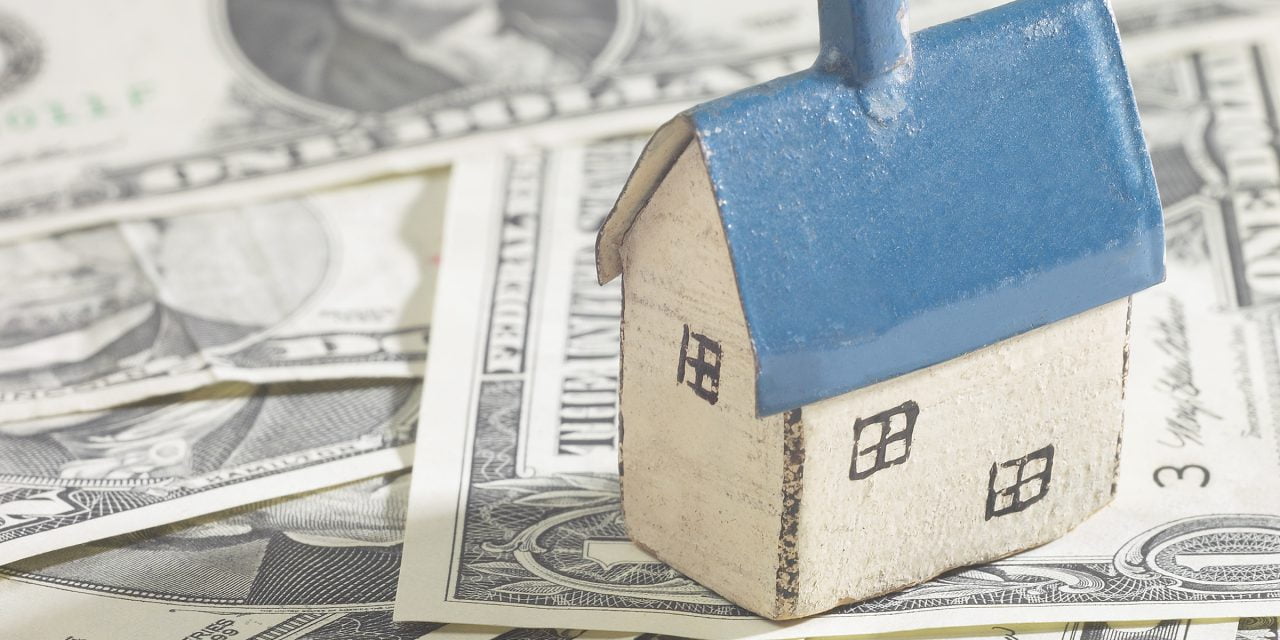In California, single family residence (SFR) investors are wrestling with the lowest capitalization (cap) rates in the nation, according to a recent HomeUnion study appearing in commercial real estate news source, GlobeSt.
Real estate investors seeking to know a property’s investment potential look first to a property’s cap rate. For an investor buying property, the higher the cap rate the better, as this means a lower purchase price and a greater yield.
The highest cap rates tend to be located in the middle of the country. Memphis, Tennessee tops the list with an average cap rate of 7.3%. The lowest cap rates are along the west coast (plus New York City), with average cap rates of:
- 3.6% in Sacramento;
- 3.6% in San Diego;
- 3.2% in Los Angeles;
- 3.0% in Orange County;
- 2.7% in San Jose; and
- 2.7% in San Francisco.
A cap rate measures the annual rate of return produced by the operations of an income property, stated as a percentage of invested capital. In terms of rental properties, it’s presented as the annual yield — the continuing receipt of net operating income calculated for each year of ownership — from rental operations in relation to the seller’s asking price.
Low cap rates become acceptable to cash-heavy investors faced with few investment opportunities, as is the case in San Francisco and San Jose.
Related article:
Return of the cap rate
Are low cap rates anything to be concerned about?
Yes.
Recent years have seen rapid price growth, which has made investors more interested in profit — the one-time money-maker that occurs on the sale of real estate — than yield, which is represented in the cap rate.
However, as interest rates increase over the coming decades, leaps in home prices won’t occur as regularly as they have during the past three decades of falling interest rates. In fact, the long-term home price increase is expected to be limited to about 3% per year, enough to keep up with inflation. Therefore, cap rates will regain the importance they had in slow-growth years, when investors were most concerned with the annual income produced by their properties.
What’s a property investor to do in California?
First of all, they are to avoid the 2.7% average cap rate found in the Bay Area. Cap rates are so low here, partly due to the expectation that home values will increase quickly enough for investors to make a big profit. Investors have gotten recklessly complacent about accepting lower cap rates; these days, annual yield is barely enough to make up for property improvements since they are looking forward to the profit on the sale.
But, as the 2008 Great Recession taught us so well, home prices do not rise forever. The coming wave of rising interest rates will decrease buying purchasing power each year. As buyers ultimately set the selling price, their lowered purchasing power will result in stifled prices, and smaller profits.
Agents who advise real estate investor clients ought to direct them to seek the highest cap rate that is right for the individual property, and buyer’s situation. Educate your buyers about the importance of cap rates, as they will only become more significant in the coming years.














